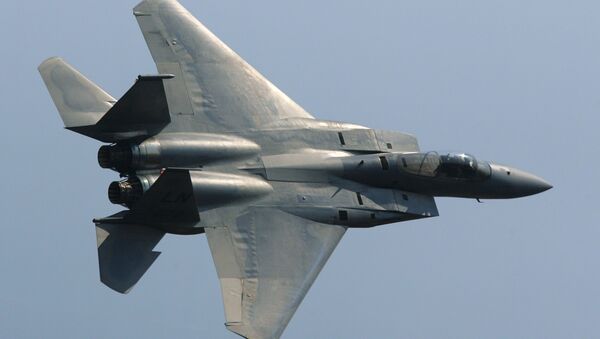“I have not made any decision on the F-15,” Gen. David Goldfein said Wednesday. The F-15C will keep flying until 2020 at the very least, he said.
Pointing to conflicts and potential flashpoints in the Korean Peninsula, the Middle East and Europe, Goldfein said “airpower is in higher and higher demand,” adding that his priority right now is capacity.
The F-15 has the ability to provide precisely that capacity: there are 230 F-15 C and D variants in the US Air Force fleet, Defense News reported. What’s more, the F-15E Strike Eagle will not retire anytime soon even in the event that F-16s are upgraded to cover capability gaps.
Sputnik reported on March 24 that US Air Force general weapons system had evolved and expanded to the point where retiring the F-15s would not lead to a dramatic reduction the the ability to strike and provide security.
Moving into a more nuanced threat environment means that “the system will be more important than the platform itself,” Lt. Gen. Scott Rice told Congress at that time.
Further, the 1980s-era F-15s may become too expensive to upgrade. “People forget that I was at Lakenheath when the nose of an F-15 broke off in flight,” Lt. Gen. Mark Nowland said at an event on Wednesday at the Heritage Foundation. “The fact of the matter is, there’s limits to what you can do with service life extensions.”
Major Scott West claimed that while the F-15 “has served our nation well,” its role as America’s “air superiority fighter” has been taken by the F-22 Raptor.



